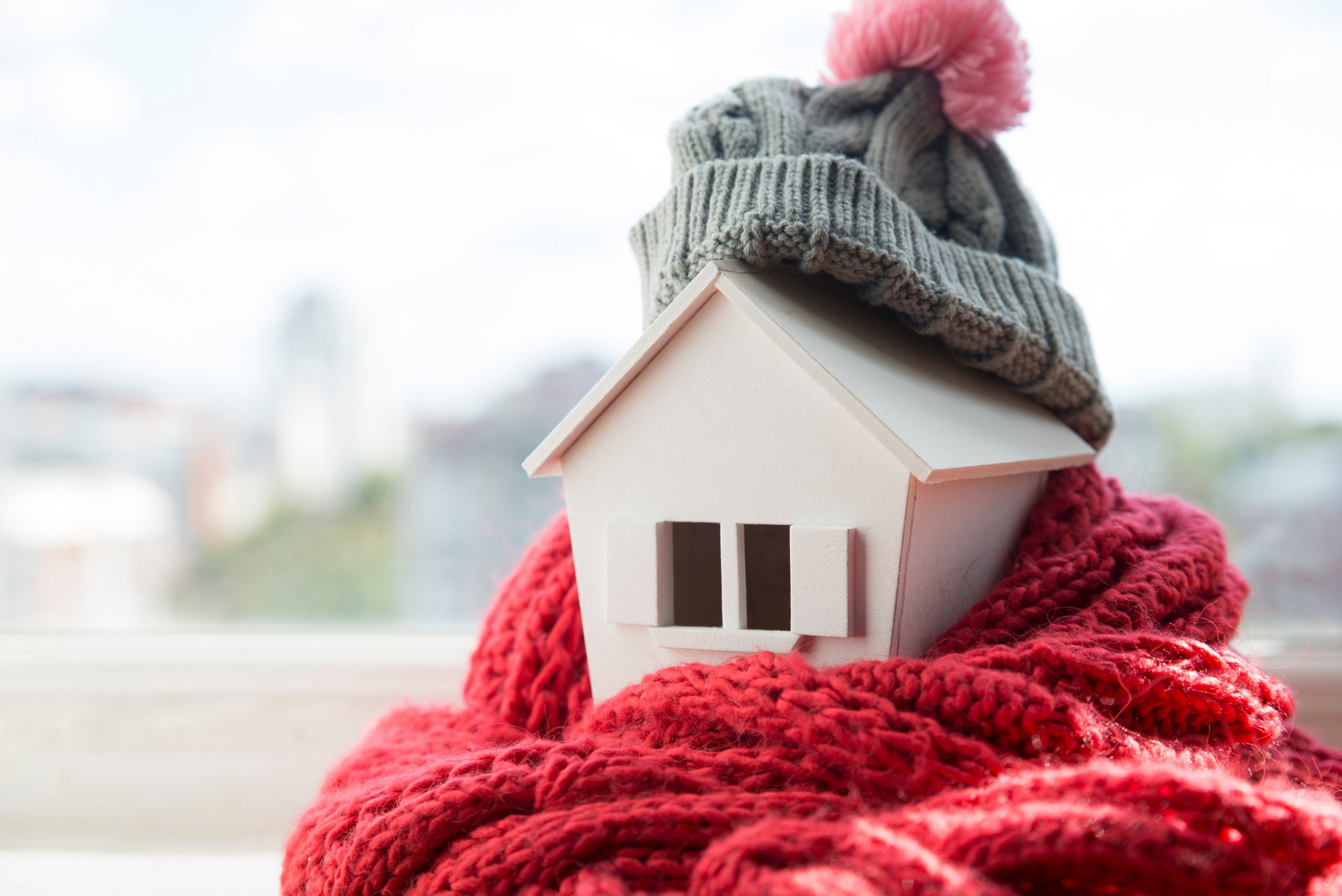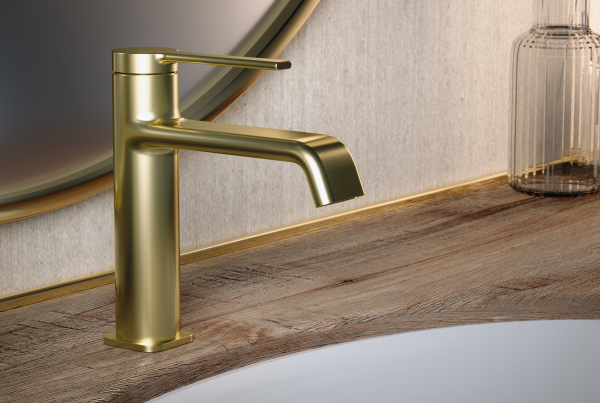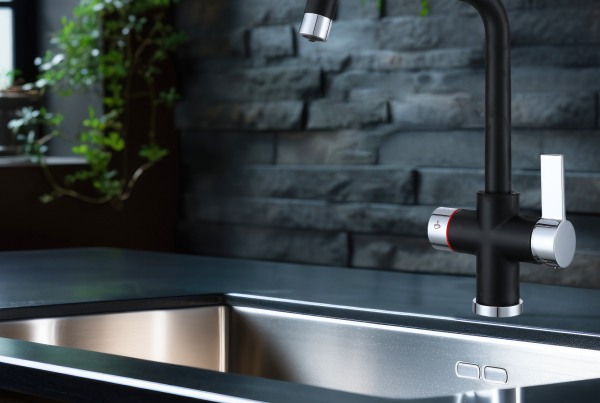With winter just around the corner, the UK is preparing for a difficult season ahead. Rising energy costs mean people are facing huge bills, and, as we all strive to keep our homes warm over the coming months, we have prepared some top tips to reduce how much gas and electricity you use as the days and nights get colder.
Don’t wait until the weather gets bad to get winter ready. To ensure your home is as warm as it can be while keeping costs down, it’s best to prepare now.
Winter-proof your home
There’s no point trying to keep your home warm if heat keeps escaping. So, one of the best things you can do to conserve energy is to insulate your home. Insulating your loft is always a good idea and, according to the Energy Saving Trust (EST), can save between £355 – £590 a year on energy bills for semi-detached and detached houses, respectively. You may be able to do this yourself if your loft is easily accessible (there are online videos that show you how). There may also be government grants available for this work. Other types of insulation you might want to consider include floor, cavity wall, and solid wall. But some of these can be more expensive to install.
To winter-proof your home, you should check your windows and doors for any drafts and seal them up to keep your home cosy and warm. You can make draught excluders from old towels, socks, and clothes. If you have a chimney in your home, you should clean it to ensure flue blockages don’t cause any problems when winter kicks in. But, if you won’t be using your chimneys as a heat source, you might want to consider draught-proofing, which can be done cheaply with an inflatable chimney balloon.
Condensation can become a real problem over winter, often leading to mould. So, check your ventilation and, if possible, keep your home at a consistent temperature to prevent condensation from becoming a big problem. A dehumidifier should also help you keep condensation down.
To ensure your home is ready for winter, give your heating system a once-over if your boiler has not yet had its annual service. Boilers are the biggest culprit in your yearly energy bill, so yours must work as effectively as possible. The Boiler Upgrade Scheme provides grants to property owners to install low-carbon heating systems such as heat pumps.
Other things to do to maximise the heat in your property over the coldest months of the year include:
- Testing your radiators to ensure they are working correctly. They might need bleeding or professional cleaning if they take too long to heat up or have cold spots.
- Ensuring your water pipes (and tank if you have one) are adequately insulated to stop them freezing and bursting when the temperature drops
- Checking if your home has any leaks that need fixing before they become a problem
- Checking your windows/sills to see if they need some TLC before the wintery weather kicks in (cold and wet can damage and rot untreated wood).
In addition, one of the easiest things you can do is to use furnishings to make your home extra cosy. Rugs, plush curtains, cosy throws, cushions, and blankets all add warmth.
As well as ensuring the inside of your home is winter-ready, be sure to tidy up outside if necessary. Cut back any loose/dead branches from your trees, store away anything that might cause damage in strong winds, and check your roof and brickwork for loose slates, tiles, and flashings. You should also clear your gutters to stop them from collapsing due to heavy rain or snow.
Change your energy habits
Unfortunately, while making repairs to your home is the best way to keep warm this winter, some of these measures will not be affordable for many people. As such, millions of us have to change how we use energy in our homes.
One of the best things you can do to save money on your heating bills is to use less energy. And you don’t have to make huge changes to generate savings. According to various heating experts, turning your thermostat down just one degree will cut your heating bills by around 10% without you feeling any difference in warmth.
You should also use Thermostatic Radiator Valves (TRV) to maximise energy efficiency this winter. But you must use them correctly to get the best results. Rather than turning them up as high as possible (which will result in a room that’s too hot and an energy bill that’s too large), set your TRVs to the right temperature for the different parts of your home. For example, you can set them to a minimum in rooms you don’t use a lot, or which are naturally warmer due to increased sunlight, and higher in rooms you use more frequently.
Other energy habits to consider include:
- Unplugging devices at the mains and turning off lights when you leave a room
- Having showers rather than baths (you can also invest in more energy-efficient showers and taps for longer-term savings and improvements)
- Washing clothes at a lower temperature (e.g. 30C rather than 40C)
- Only using certain appliances when necessary (e.g. when the dishwasher or washing machine is full)
- Using energy-heavy appliances during off-peak times. Some energy providers charge less for using electricity at certain times of day or night.
- Swapping energy-guzzling appliances for more efficient products. For example, a heated airer in place of a tumble dryer, or a microwave or air-fryer instead of an oven).
Another change you might want to make, if you haven’t already done so, is to invest in a smart meter. When working correctly, these should give you better control over your central heating and energy usage.
If you are struggling to heat your home this winter, check out these government grants (Which? 2022) to see what is available.









